A Synthesis of Cultural and Environmental Studies
By James C. Stratis and Jill Marrington
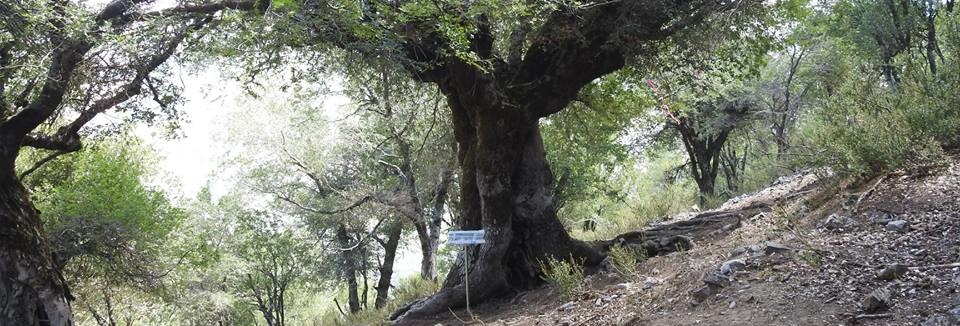
A tribute to Professor Oliver Rackham’s multi-disciplinary contributions to understanding Crete
The Kommos Conservancy’s original conceptual plan1 for the Kommos archaeological site, in south central Crete was to plan for Kommos to be opened as a public park. It promoted public use as a basic tenet for the important cultural resource to be conserved. The plan also addressed the need to include various subjects that could be experienced on site beyond the archaeological artifacts and the ruinous structures, exposed through the archaeological excavation. What was found there and what function occurred there, are critical for public interpretation of the site. The plan also recommended using the existing and adjusted conditions and features to interpret the botany, zoology and geo-morphology, to name but a few possibilities. Two distinct and distinguished academic, science-based specialists, Dr.’s Oliver Rackham and Jennifer Moody collaborated and published a seminal book, The Making of the Cretan Landscape, that discussed Crete’s chronology, environment, inhabitants, landscape, unusual places and conservation and future. This book was released in the same year that the Kommos conceptual planning was forwarded to the local Ministry of Culture office in Heraklion.
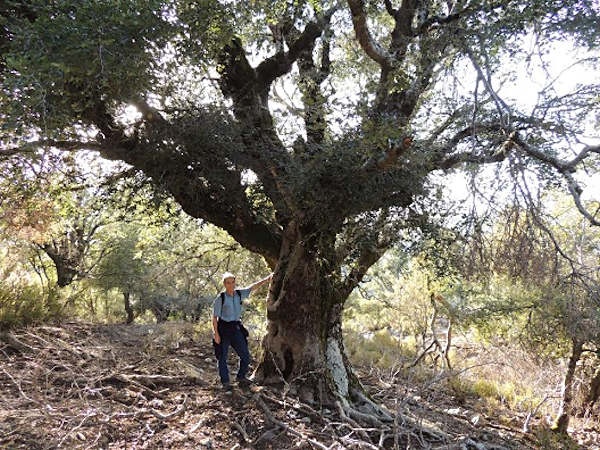
Monday 06 August 2018, some of an archaeo-history group from Chania amongst others will travel into the White Mountains of west Crete for a memorial tree dedication to Oliver Rackham. Photographs will be posted on our Facebook page.
“Oliver Rackham studied and published extensively on the ecology and landscape of Crete, co-writing The Making of the Cretan Landscape2 with Jenny Moody in 1998, and latterly leading a (failed) protest against the granting of planning permission for the Cavo Sidero golf and hotel project on the island’s eastern tip.3” He was, as indicated in his obituary from the Guardian: “a leading ecologist of trees and landscape, [who] debunked the ‘pseudo-history’ of forests.4”
In The Making of the Cretan landscape, Professor Rackham and co-author Professor Moody explain how the island’s peculiar and extraordinary features, molded and modified by centuries of human activity, have come together to create today’s landscape. They explain further the formation and ecology of Crete’s mountains and coastline, and examine contemporary threats to the island’s natural beauty.4
“Not only academics, but anyone interested in Crete and its history will acknowledge such a valuable contributor as Professor Rackham to the scholarship of this wonderful island. It speaks to the long continuity of Cretan history that we should celebrate that contribution in a living part of the landscape, in a tree which has lived many years and will continue to thrive into the future.
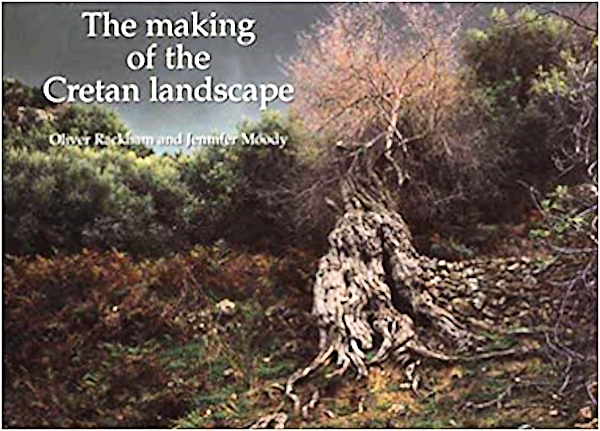
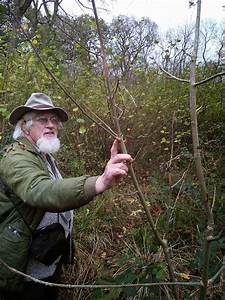
“Twelve days the Greeks staid, err they got them freed,
A gale so bitter blew out of the North,
That none could stand on earth.”Rackham & Moody – The making of the Cretan landscape, 1996
Here below are four additional examples of the same passage from different published versions.
”A dozen days they stayed with me there those brave Achaeans,
penned up by the North Wind so stiff that a man,
even on dry land, could never keep his feet- some angry spirit raised that blast.”The Odyssey, Robert Fagles Viking Penguin, 1996
“There for twelve days the goodly Achaeans tarried,
[200] for the strong North Wind penned them there, and would not
suffer them to stand upon their feet on the land, for some angry god had roused it.”The Odyssey with an English Translation by A.T. Murray, PH.D. in two volumes. Cambridge, MA., Harvard University Press; London, William Heinemann, Ltd. 1919
“Those noble Greeks stayed for twelve days;
a mighty north wind trapped them;
so strong a person could not stand upright; some spirit must have summoned it to curse them.”Homer The Odyssey – Emily Wilson, w.w. Norton & Co 2018
“There the goodly Achaeans abode twelve days,
for the strong North Wind penned them there,
and suffered them not to stay upon the coast,for some angry god had roused it.”The Complete Works of Homer – S. H. Butcher, Walter Leaf, Ernest Myers and Andrew Lang translation, Modern Library, 1938
While considering the Rackham – Moody use of the Odyssey quote in light of Marrington’s paper, I reviewed my late father’s 1938 copy of the Odyssey, the Lang, Leaf, Butcher and Myers version from which I took the same passage. Inside his book I found this nice surprise – the Lawrence Prize certificate (below) from his Boston English high school. My father was a nuclear engineer involved in nuclear quality control management, but he clearly balanced this with an interest in our family’s Greek history and culture, through his first-generation Greek-American heritage. Rackham’s and my own father’s contributions have benefited many. Documenting and analyzing the past and places of memorial will continue to have meaning and be visited, as will the study of the classics and related interdisciplinary fields. Their value is increased in and due to the Venn overlap.
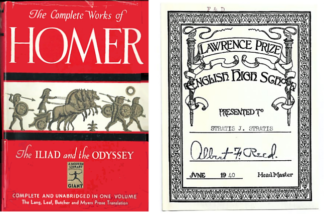
Understanding constancy and change over time should always be relevant, along with the STEM subjects (sciences, technology, engineering or math). “Wisdom is found in synthesis, which is a skill and a value taught by the old-school disciplines6”, such as the classics with consideration of translation and interpreting studies. Rackham and Moody’s interdisciplinary results produced a model for understanding the natural and cultural environments that are subject to ever increasing change. Overlaying knowledge of that dual evolution continues to be important and relevant for managing future policies and budget priorities designed to assist all humanity. The future of Kommos conservation must be based on its continued but also expanded usefulness. Benefitting not only scholars and students but should also be understood and appreciated by the lay public. Rackham and Moody showed us one important way to get there.
The Rackham memorial plaque ceremony was held above Omalos Crete on 06 August 2018, at the base of a unique endemic tree to Crete, the Zelkova abelicea (Ambelitsiá). The Rackham memorial tree is considered by experts to be perhaps the oldest (700 years) of its species on the island. After a brief (2m:10s) introduction in Greek, USA based archaeologist Jennifer Moody provides an English language statement about the dedication and her collaborator professor, Oliver Rackham.
In the same way, it is possible to identify from the physical artifacts we have discovered at Kommos some elements of the landscape which are still represented today in the site’s flora and fauna. While people may be ephemeral on the face of the earth, the earth itself and the words of the poets will carry it into the future, with a deeper knowledge and understanding of how we interact with our environment.”
You can follow us on Twitter (@KommosAP) or join us on Facebook (Kommos Conservancy).
Μπορείτε να μας ακολουθήσετε στο Twitter (@KommosAP) ή στο Facebook (Kommos Conservancy).
As a USA based 501 c 3 nonprofit corporation, tax deductible donations that allow us to maintain social media, other public outreach, planning and conservation are always needed and appreciated.

A wonderfully written piece! Thank you so much for sharing! What a superb person Oliver Rackham was… And Jenny Moody is!
As an aside, I stumbled across this highly evocative – and beautifully poetic – article, on the very same excursion, and penned by one ‘Stephen Wendell’. I hope you don’t mind my sharing it with you and your audience:
http://www.stephenwendell.com/2018/08/rackhams-zelkova.html